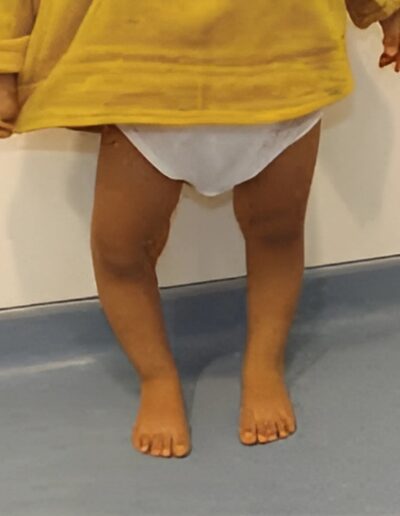
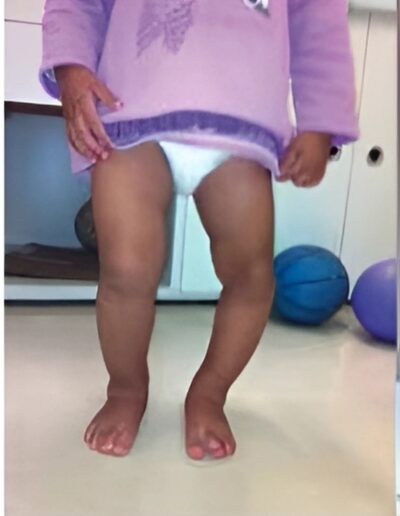
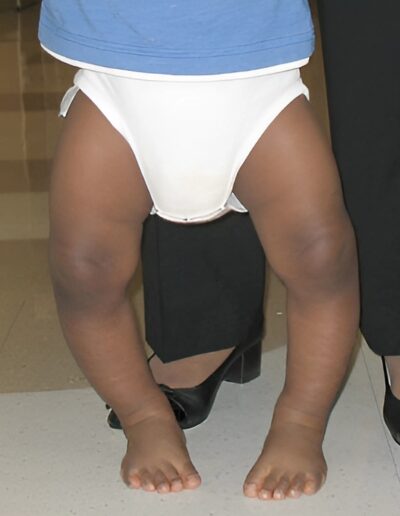
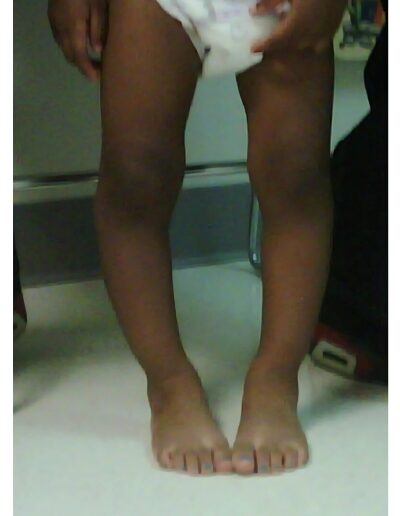




Lower limb deformity correction is often carried out at the same time as limb lengthening surgery to achieve the best possible outcome. Deformities of the lower limbs (legs and feet) can develop before a child is born or during early childhood, or as a result of an injury. They may vary in severity from deformities that affect someone’s mobility to those that are purely aesthetic.
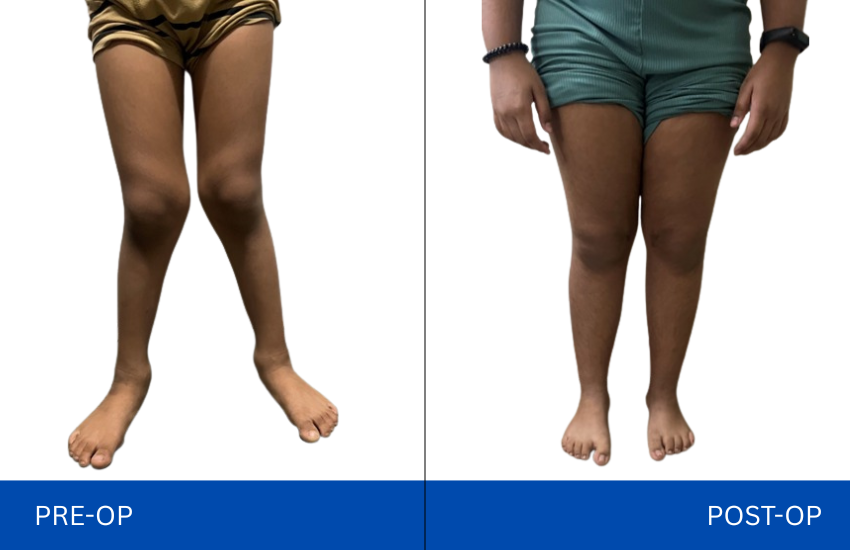
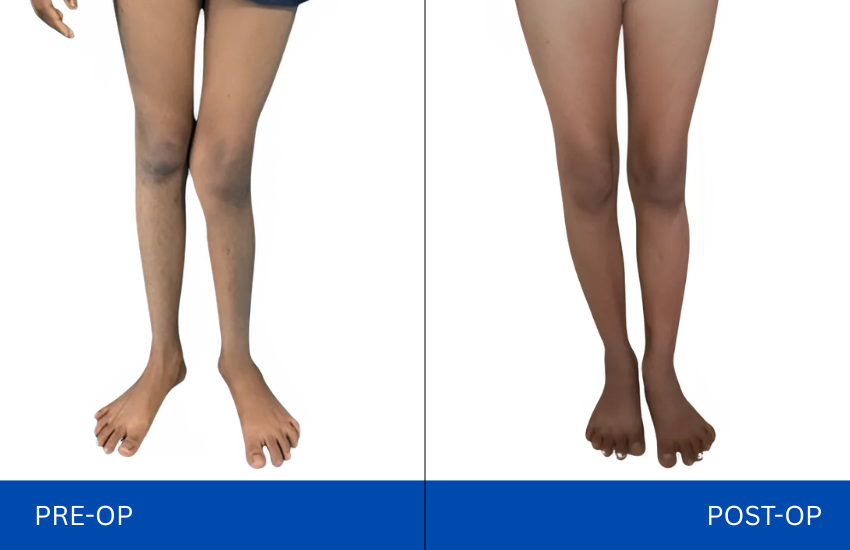
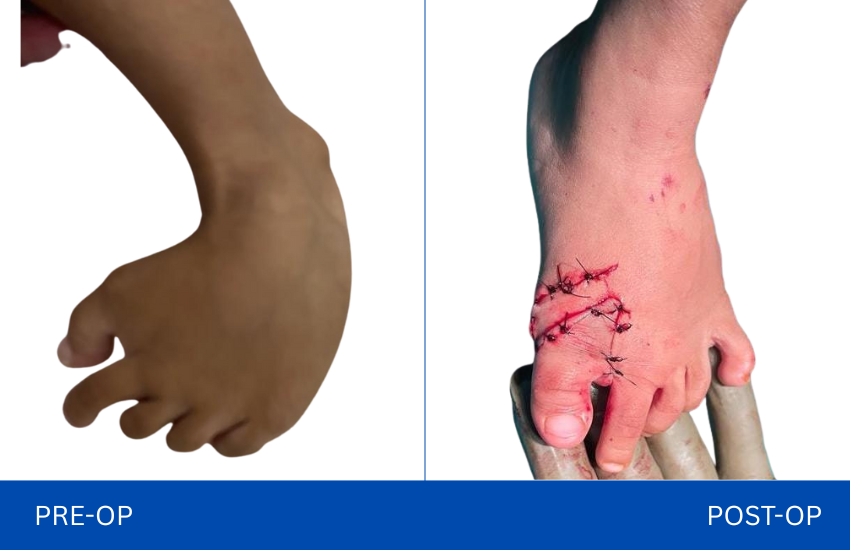
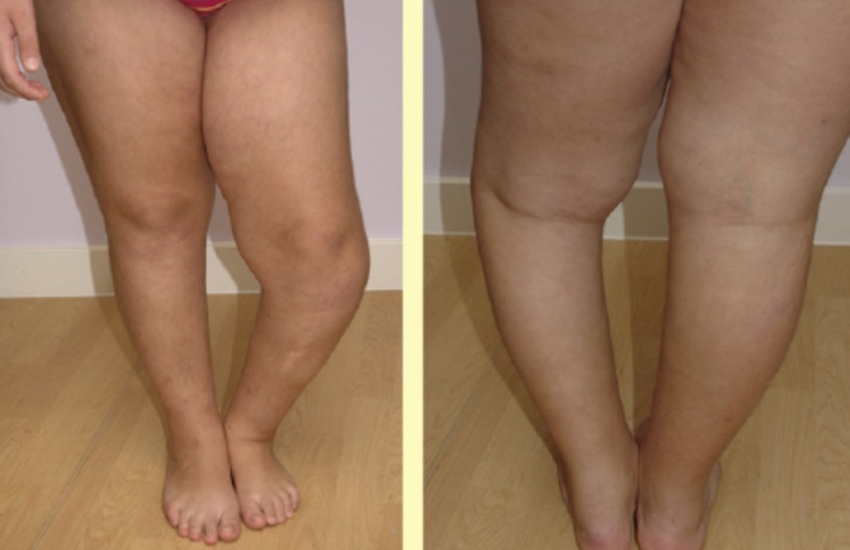

Trustindex verifies that the original source of the review is Google. Very well explained about sugary experience professional workTrustindex verifies that the original source of the review is Google. Dr Vinod Dubey is a very good doctor. He is knowledgeable, experienced and humble. Listens patiently to the problems and provides appropriate solution. His guidance and response towards patient and family members is truly very nice.Trustindex verifies that the original source of the review is Google. Dr. Vinod Dubey treats patients with kindness and empathy . He makes a significant difference in their overall experience, even during stressful times.He explains the procedure in a clear and understandable way.Trustindex verifies that the original source of the review is Google. Dr. Vinod Dubey is the best orthopaedic doctor who exemplifies what it means to be truly dedicated to patient care. His exemplary skills are matched only by his compassionate approach; he has a unique ability to explain complex surgical procedures in a way that comforts and reassures both patients and their families. What truly sets him apart, however, is his unwavering commitment to his patient's well-being, staying in touch through mobile communications until each individual is fully healed. His genuine concern is evident in every interaction, fostering a sense of trust and confidence. Dr. Dubey isn't just a physician; he is a beacon of hope and a source of inspiration for all fortunate enough to receive his care.Trustindex verifies that the original source of the review is Google. A very positive and clear doctor. Doesn't scare you unnecessarily and doesn't prescribe unnecessary medications. Listens carefully and understands.Trustindex verifies that the original source of the review is Google. Dr.Vinod Dubey was very kind and reassuring. He made me feel comfortable and at ease throughout the entire process.Trustindex verifies that the original source of the review is Google. Amazing experience Dr Vinod have very kind attitude Amazing explaining skills all the best for your professionalismTrustindex verifies that the original source of the review is Google. Best and very good orthopedic in dr.vinod dubey sir.... Takes good care of his patients 👍🙏🏻